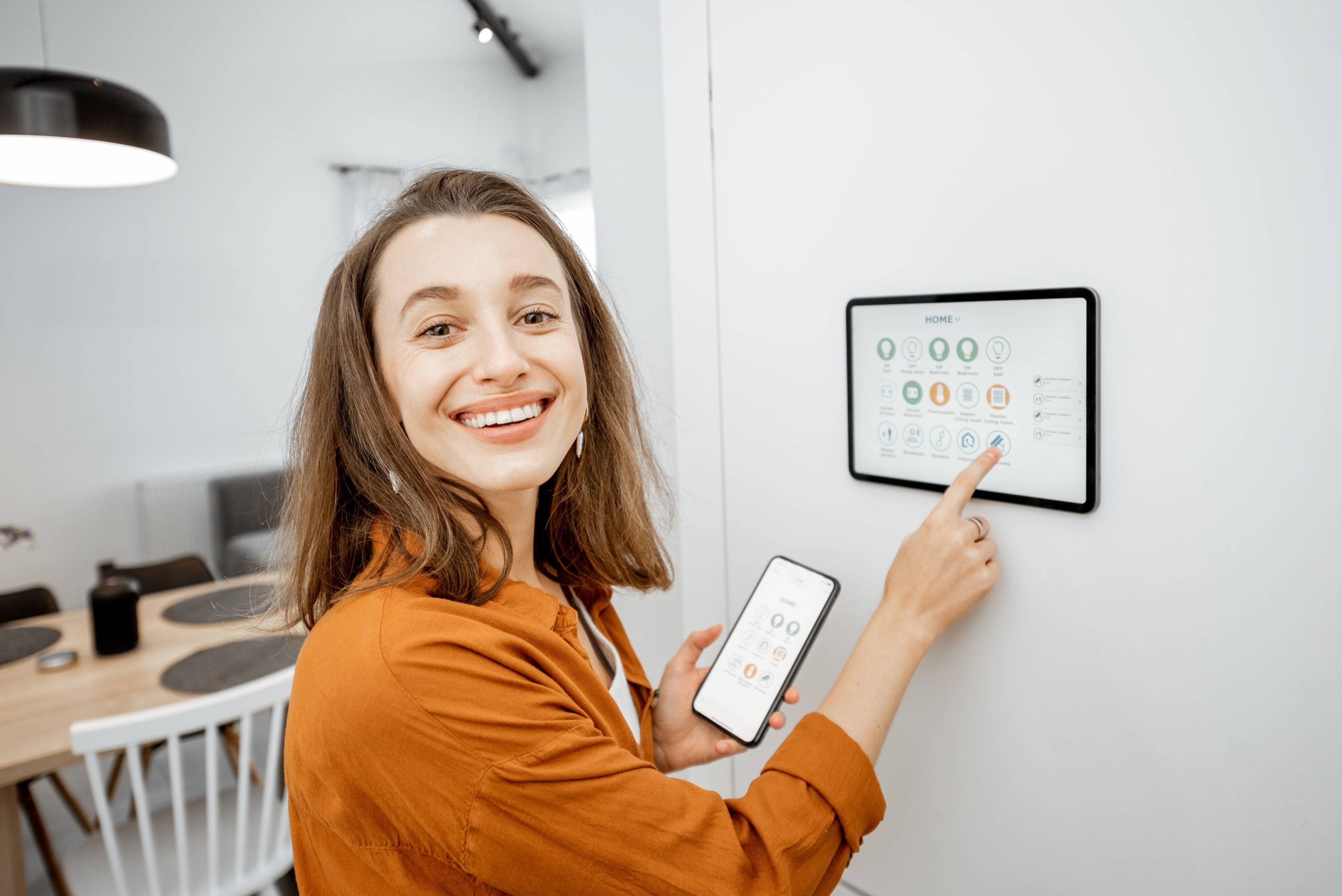
As we stand on the brink of a new decade, the concept of smart homes is evolving at an unprecedented pace. The integration of technology into our living spaces has transformed the way we interact with our homes, making them more efficient, secure, and comfortable. By 2030, the landscape of smart homes is expected to undergo significant changes, driven by advancements in artificial intelligence, the Internet of Things (IoT), and sustainable technologies. In this blog post, we will explore the future of smart homes and what we can expect by the year 2030.
The Rise of AI-Powered Homes
Artificial intelligence is set to play a pivotal role in the future of smart homes. By 2030, AI will be deeply integrated into our living spaces, enabling homes to learn and adapt to the habits and preferences of their inhabitants. Imagine a home that can anticipate your needs, adjusting lighting, temperature, and even suggesting meals based on your dietary preferences and schedule. AI will not only enhance convenience but also improve energy efficiency by optimizing resource usage.
Seamless Connectivity with IoT
The Internet of Things will continue to expand, connecting an ever-growing number of devices within our homes. By 2030, it is expected that the average smart home will have hundreds of connected devices, all communicating seamlessly with each other. This interconnectedness will enable a level of automation and control that was previously unimaginable. From smart refrigerators that can order groceries to security systems that can detect unusual activity and alert homeowners, the possibilities are endless.
Enhanced Security and Privacy
As smart homes become more connected, security and privacy will be paramount. By 2030, we can expect significant advancements in cybersecurity measures to protect our homes from potential threats. Biometric authentication, blockchain technology, and advanced encryption methods will be employed to safeguard personal data and ensure that only authorized individuals can access the home’s systems. Additionally, AI-driven security systems will be able to detect and respond to threats in real-time, providing homeowners with peace of mind.
Sustainable and Energy-Efficient Living
Sustainability will be a key focus in the development of smart homes by 2030. With growing concerns about climate change and resource depletion, smart homes will be designed to minimize their environmental impact. Energy-efficient appliances, solar panels, and smart grids will become standard features, allowing homeowners to reduce their carbon footprint and save on energy costs. Moreover, smart water management systems will optimize water usage, contributing to a more sustainable lifestyle.
Personalized and Adaptive Living Spaces
The future of smart homes will be characterized by personalization and adaptability. By 2030, homes will be able to adjust their environments to suit the preferences and needs of their occupants. Smart furniture and modular designs will allow for flexible living spaces that can be reconfigured with ease. Additionally, augmented reality (AR) and virtual reality (VR) technologies will enable homeowners to customize their living spaces in ways that were previously unimaginable, creating immersive and interactive environments.
Health and Wellness Integration
Smart homes of the future will prioritize the health and wellness of their inhabitants. By 2030, we can expect homes to be equipped with advanced health monitoring systems that track vital signs, sleep patterns, and physical activity. These systems will provide valuable insights and recommendations to promote a healthier lifestyle. Furthermore, smart kitchens will offer personalized nutrition plans and recipes, while air and water purification systems will ensure a clean and healthy living environment.
The Role of 5G and Beyond
The rollout of 5G technology will be a game-changer for smart homes, providing the high-speed connectivity required for seamless communication between devices. By 2030, we can expect even more advanced wireless technologies to emerge, further enhancing the capabilities of smart homes. These technologies will enable real-time data processing and analysis, allowing for more responsive and intelligent home automation systems.
Conclusion
The future of smart homes is incredibly promising, with advancements in technology set to revolutionize the way we live. By 2030, we can expect homes to be more intelligent, connected, and sustainable than ever before. As we embrace these changes, it is important to consider the implications for security, privacy, and sustainability. The smart homes of the future will not only enhance our quality of life but also contribute to a more sustainable and efficient world. As we look forward to 2030, the possibilities are endless, and the future of smart homes is bright.













